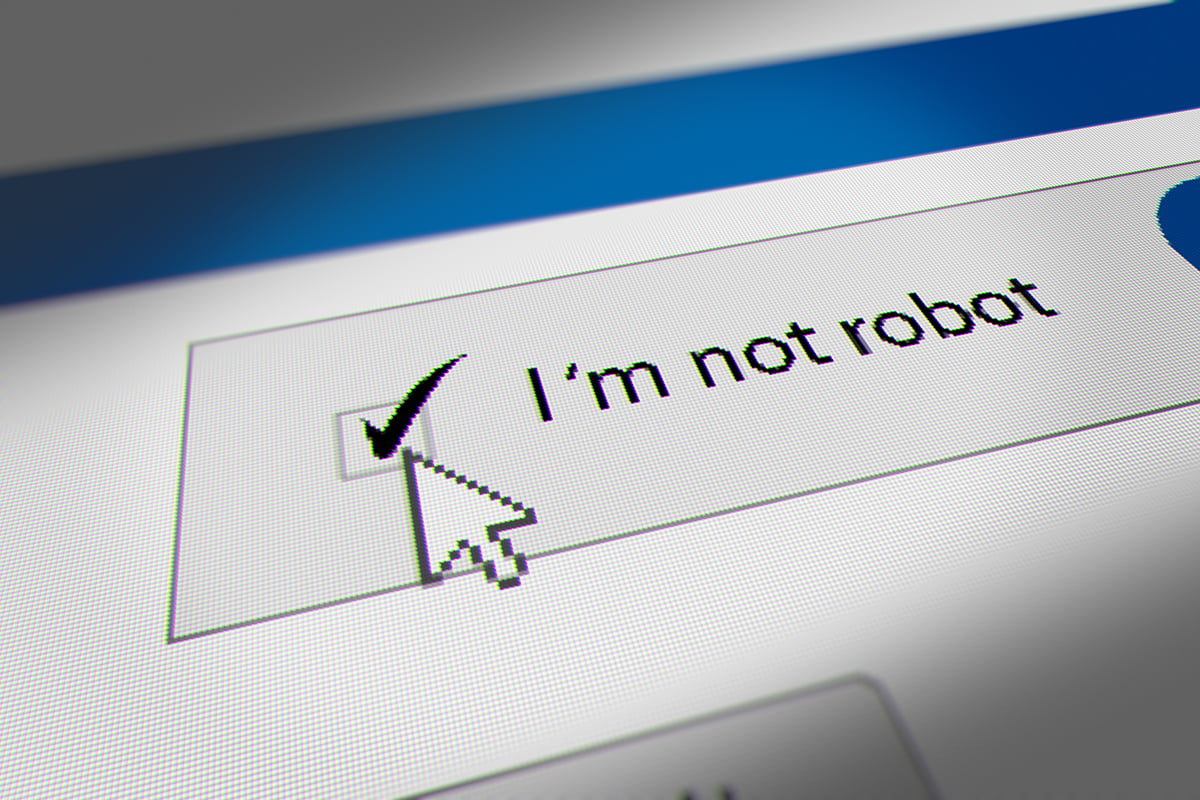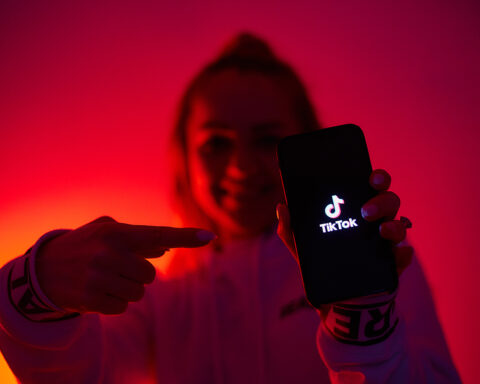In a momentous stride reminiscent of philosophical musings by René Descartes and later mathematical theorist Alan Turing, a study at the University of California, San Diego, is now reshaping our understanding of artificial intelligence’s ability to emulate human interactions. This landmark research reveals that during a controlled test, participants could not distinguish the sophisticated AI system ChatGPT-4 from a human after engaging in a five-minute dialogue.
Introduced by Turing in 1950, the Turing test evaluates an AI’s ability to replicate intelligent human behavior to the point where it becomes indistinguishable from a real human’s actions. The question is not merely whether machines can think, but whether they can respond like humans. With significant advancements over the years, the latest study underscores that AI can now convincingly simulate human conversational patterns, tricking an ordinary individual into believing they are conversing with another person.
The experiment involved various AI technologies and human subjects, who conversed briefly with either a human or an AI, subsequently attempting to identify their conversational partner’s nature. Results showed a mere 50% accuracy rate in recognizing ChatGPT-4 as AI, highlighting a considerable leap in AI’s ability to mirror human conversation styles.
However, the success of AI in this test has ignited debates about the essence of the Turing test’s success. Critics point out that merely fooling a human in a conversation doesn’t equate to true human-like intelligence. There’s a natural human inclination to ascribe human traits to non-human entities, which could alter perceptions of AI’s behavior.
To provide a comparison, the study also involved ELIZA, a rudimentary AI from the 1960s, known for simple conversational skills, which convinced only 22% of participants of its human-like responses. This stark difference emphasizes the rapid technological evolution in AI over the past few decades.
This significant breakthrough poses crucial questions about AI’s future societal roles. As AI becomes more proficient at mimicking human behavior, it could start replacing human roles in customer service and other sectors. Furthermore, its potential for deception raises concerns about misuse in scenarios like fraud or spreading misinformation, where it becomes vital to distinguish between human and machine.
The study also found that participants focused more on the linguistic style and socio-emotional cues than on traditional intelligence markers like knowledge or reasoning. This shift indicates that social intelligence could become a new standard for assessing AI’s human-like interaction capabilities.
As AI further integrates into our daily lives, its benefits and challenges become increasingly pronounced. While AI can automate routine tasks and analyze extensive data sets, its close imitation of human behavior necessitates stringent ethical guidelines and regulatory frameworks.
This research from UC San Diego not only showcases the current capabilities of AI technologies but also prompts a critical reassessment of our definition of intelligence in the digital era. As the boundary between human and artificial intelligence grows fainter, AI’s potential to become deeply woven into our social fabric becomes more apparent, heralding a future where it plays a pivotal role.







